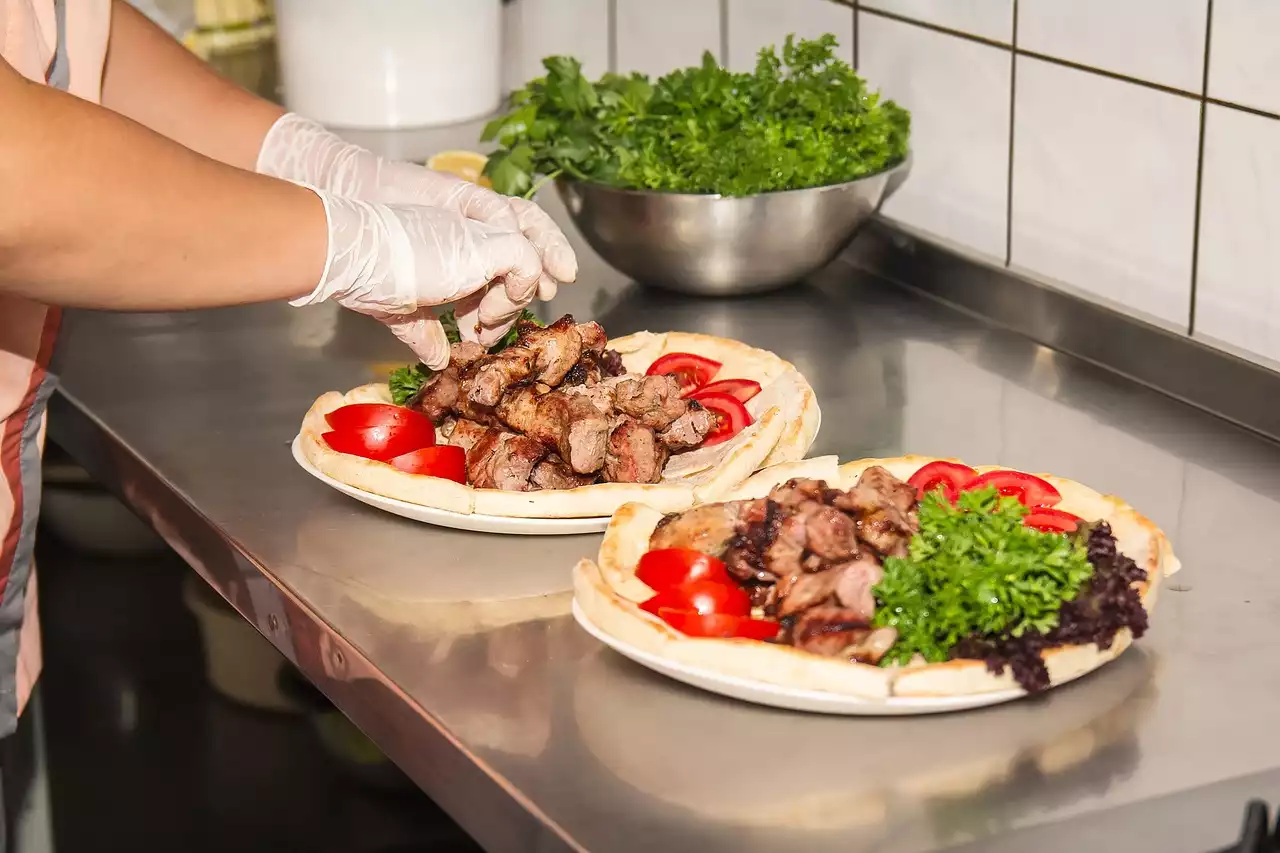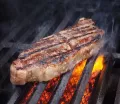Grilling is a favorite pastime for many people, especially during the summer months. However, there is more to grilling than just throwing meat on the grill and hoping for the best. To become a grilling master, it's important to understand the science behind grilling, including heat transfer, cooking times, and the Maillard reaction. In this in-depth guide, we'll cover everything you need to know to elevate your grilling game.
Heat and Energy Transfer
Grilling is all about heat and energy transfer. There are three primary types of heat transfer: conduction, convection, and radiation. Understanding how these types of heat transfer work is essential for successful grilling.
Conduction is the transfer of heat through direct contact between two objects. In grilling, this often refers to the transfer of heat from the grill grates to the food being cooked. Thicker cuts of meat require longer cooking times to ensure that the heat penetrates all the way to the center.
Convection is the transfer of heat through a fluid, such as air or water. In grilling, this often refers to the flow of hot air around the food being cooked. This is why many grilling recipes call for the use of a grill lid, which helps to create a convection current and distribute heat more evenly.
Radiation is the transfer of heat through electromagnetic waves, such as infrared radiation. In grilling, this often refers to the heat radiating from the coals or burners onto the food being cooked. This is why food placed closer to the heat source will cook more quickly than food placed farther away.
Understanding Cooking Times
Cooking times are one of the most important factors to consider when grilling. Several variables can affect cooking times, including the thickness of the meat, the grill temperature, and the starting temperature of the meat. As a general rule of thumb, the thicker the meat, the longer it will take to cook. Additionally, meat that is already at room temperature will cook faster than meat that is still cold from the fridge.
When determining cooking times for different types of meat, it's essential to consider the internal temperature that is safe for consumption. For example, chicken should reach an internal temperature of at least 165°F (74°C), while beef can be cooked to a lower internal temperature, depending on the desired level of doneness. The use of a meat thermometer can help ensure that meat is cooked to a safe internal temperature.
The Maillard Reaction
The Maillard reaction is a chemical reaction that occurs when proteins and sugars in food are heated to high temperatures. This reaction is responsible for the browned, flavorful crust that forms on grilled foods. Understanding the Maillard reaction is essential for achieving the best flavor and texture in grilled foods.
To maximize the Maillard reaction when grilling, it's important to create a dry surface on the food being cooked. This can be done by patting the meat dry with a paper towel before placing it on the grill. It's also essential to ensure that the grill grates are clean and well-oiled, as this can prevent sticking and help to create a crisp crust on the food.
Temperature Control
Temperature control is another critical factor to consider when grilling. Maintaining a consistent temperature throughout the cooking process is essential for achieving the best results.
There are several ways to control the temperature when grilling. Adjusting the grill vents can help regulate the airflow and temperature inside the grill. Adding or removing coals can also help increase or decrease the heat. It's important to monitor the grill temperature throughout the cooking process and make adjustments as needed to maintain the desired temperature.
Choosing the Right Grill
Choosing the right grill can also have a significant impact on the quality of your grilled dishes. There are several types of grills available, including gas, charcoal, and electric.
Gas grills are convenient and easy to use, and they provide consistent heat. They are also easy to clean and maintain. Charcoal grills, on the other hand, offer a unique smoky flavor that cannot be replicated with gas grills. However, they require more time and effort to use, as you need to light the charcoal and wait for it to heat up before you can start cooking.
Electric grills are a good option for those who live in apartments or other locations where gas or charcoal grilling is not allowed. They are also easy to use and require minimal maintenance.
When choosing a grill, it's important to consider your specific needs and preferences. Think about the type of food you'll be grilling, the size of your cooking area, and your budget.
Conclusion
Grilling is an art that requires an understanding of the science behind heat transfer, cooking times, and the Maillard reaction. By mastering these concepts and learning how to control the temperature, you can take your grilling game to the next level. With a little practice and patience, you can create mouth-watering, perfectly grilled dishes that will impress your family and friends.
Remember to always follow safe grilling practices, such as using a meat thermometer to ensure that meat is cooked to a safe internal temperature. With the right tools and knowledge, you can become a grilling master and enjoy delicious, flavorful meals all year round.









